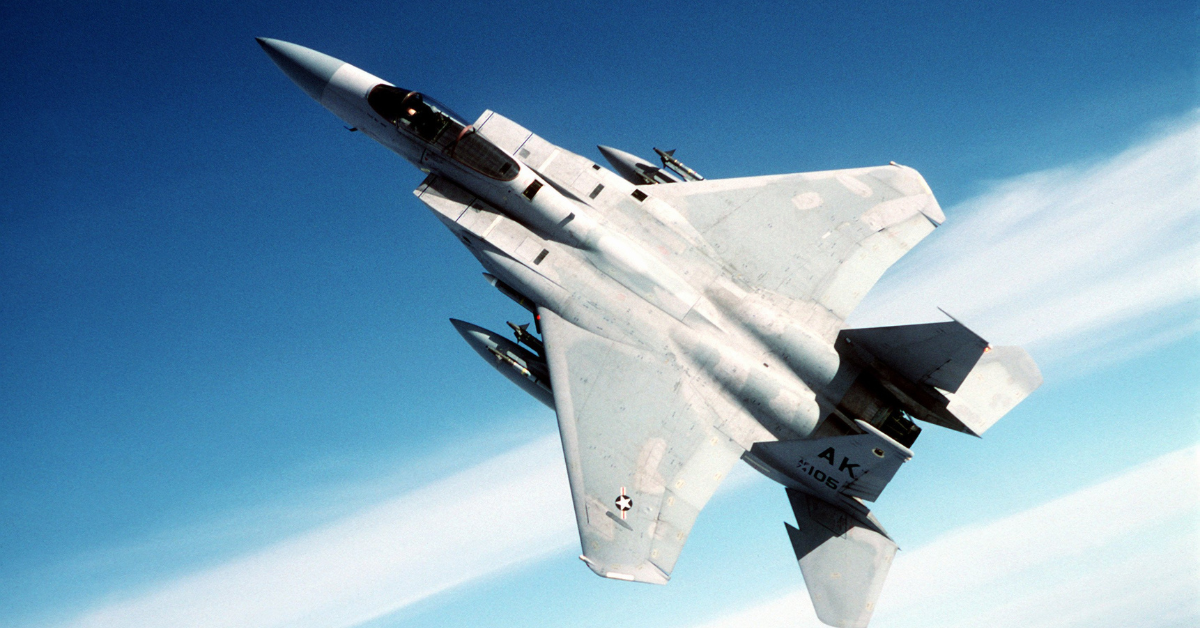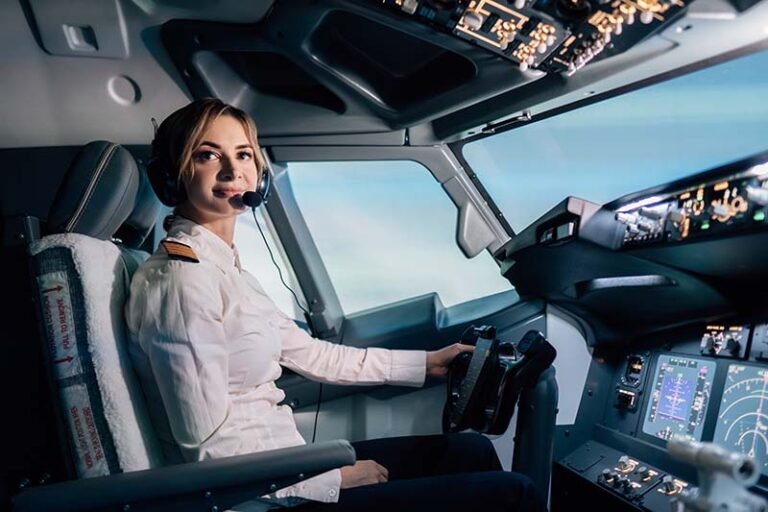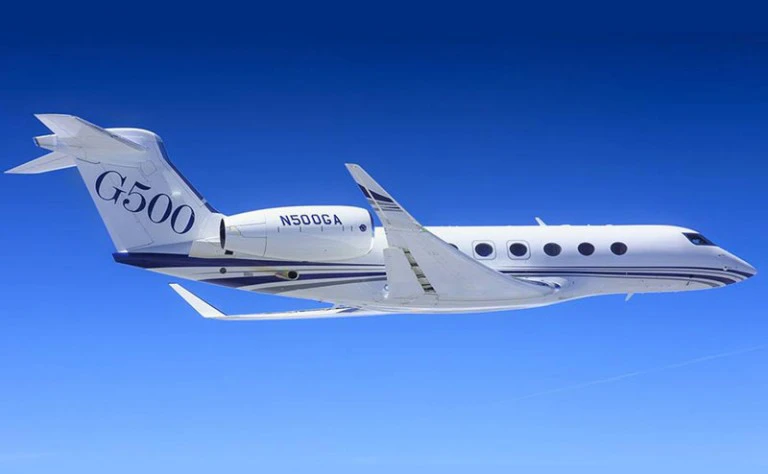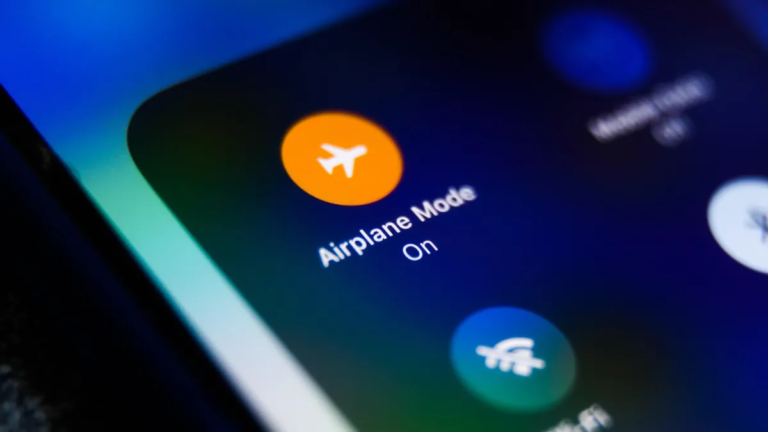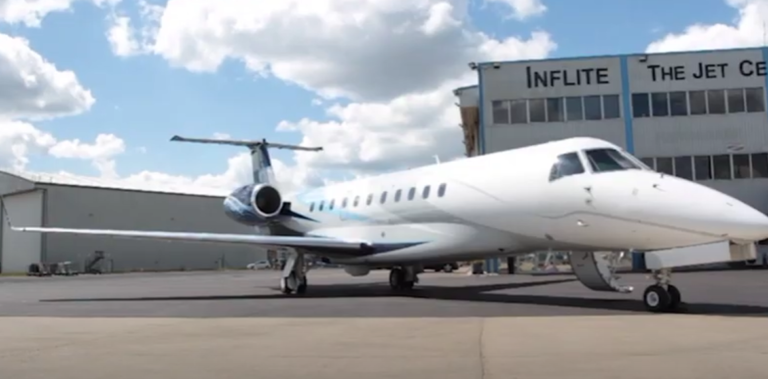What is the Difference between a Jet And an Airplane? Ultimate Guide
A jet and an airplane both fly in the sky. But they are not the same.
Understanding the difference between a jet and an airplane can be confusing. Jets are a type of airplane, but not all airplanes are jets. Jets are known for their speed and power. They use jet engines, which are different from the propeller engines found on many airplanes.
This difference affects how they fly, their speed, and even their noise level. Knowing these distinctions helps in choosing the right type of aircraft for travel or business. Let’s dive deeper into what sets jets apart from other airplanes.
Jet Vs Airplane
Many people think jets and airplanes are the same. They are not. Understanding the difference between them helps you appreciate their unique roles in aviation.
Definition Of Jet
A jet is a type of aircraft. It uses jet engines to fly. These engines produce thrust by expelling fast-moving air. Jets can fly at very high speeds. They are often used for long-distance travel. Some jets are private, others are commercial. Military jets are also common.
Definition Of Airplane
An airplane is a broader term. It includes all types of powered, fixed-wing aircraft. Airplanes can have different types of engines. These include propeller engines and jet engines. Airplanes come in many shapes and sizes. They can carry passengers or cargo. Some are used for recreation, others for business or military purposes.
Let’s break down the key differences in a table:
| Feature | Jet | Airplane |
|---|---|---|
| Engine Type | Jet Engine | Various Engines (Jet, Propeller) |
| Speed | Very High | Varies (Medium to High) |
| Use | Long-Distance Travel, Military | Passenger, Cargo, Military, Recreation |
| Size | Usually Smaller | Varies (Small to Large) |
In summary, all jets are airplanes, but not all airplanes are jets. Understanding these differences helps in choosing the right aircraft for your needs.

Credit: singaporeaircharter.com
Speed Comparison
Understanding the difference between a jet and an airplane is essential. One key factor is speed. Jets and airplanes have distinct speed capabilities. This impacts travel time and efficiency. Let’s explore the speed comparison between jets and airplanes.
Jet Speed
Jets are known for their incredible speed. They can travel much faster than regular airplanes. Typically, jets can reach speeds of up to 600 mph.
Some advanced military jets even exceed speeds of 1,500 mph. This is due to their powerful engines and aerodynamic designs. Jets are often used for quick, long-distance travel.
| Type of Jet | Average Speed (mph) |
|---|---|
| Commercial Jet | 500-600 |
| Private Jet | 400-700 |
| Military Jet | 1,500+ |
Airplane Speed
Airplanes, on the other hand, are generally slower. Most commercial airplanes fly at speeds between 500 and 600 mph.
Smaller private planes and propeller-driven aircraft are even slower. Their speeds range from 100 to 300 mph.
Airplanes are designed for efficient, safe travel. They prioritize comfort over speed.
| Type of Airplane | Average Speed (mph) |
|---|---|
| Commercial Airplane | 500-600 |
| Private Plane | 100-300 |
| Propeller Aircraft | 100-200 |
Engine Types
Understanding the engine types is key to knowing the difference between a jet and an airplane. Both have engines, but they work differently. Let’s dive into the details.
Jet Engines
Jet engines power jet aircraft. They use a process called jet propulsion. Air enters the engine at high speed. It passes through a series of compressors. These compressors increase the air pressure. Fuel is then mixed with this compressed air. The mixture is ignited. This causes a high-speed exhaust jet. The jet pushes the aircraft forward.
There are different types of jet engines:
- Turbofan engines: Common in commercial jets. They are efficient at high speeds and altitudes.
- Turbojet engines: Mostly used in military aircraft. They are designed for high speeds.
- Turboprop engines: Used in smaller aircraft. They combine jet and propeller technology.
Airplane Engines
Airplane engines can vary. Many use piston engines. These engines are similar to car engines. They use pistons to convert fuel into mechanical energy. This energy turns the propeller. The propeller then pushes the airplane forward.
There are two main types of piston engines:
- Reciprocating engines: Common in small aircraft. They are reliable and easy to maintain.
- Rotary engines: Found in some older aircraft. They have a unique design and are lightweight.
Some modern airplanes also use turboprop engines. These are similar to jet engines but include a propeller. They are efficient for regional flights.
| Engine Type | Used In | Key Features |
|---|---|---|
| Jet Engines | Commercial Jets, Military Aircraft | High-speed exhaust jet, Efficient at high speeds |
| Piston Engines | Small Aircraft | Uses pistons, Similar to car engines |
| Turboprop Engines | Regional Flights | Combines jet and propeller technology |
Purpose And Usage
Both jets and airplanes are crucial in the aviation industry. They serve different purposes and are used in various contexts. Understanding the difference between these two types of aircraft can help clarify their unique roles. This section will explore their purpose and usage.
Military Use
In the military, jets are preferred for their speed and agility. They are used in combat missions, reconnaissance, and transporting troops. Jets can reach high altitudes quickly and perform complex maneuvers. This makes them ideal for dogfights and evasive actions.
Military jets are equipped with advanced technology. This includes radar, weapons systems, and communication devices. Their design focuses on performance and survivability in hostile environments.
Commercial Use
Commercial airplanes, on the other hand, prioritize comfort and efficiency. They are used to transport passengers and cargo over long distances. Commercial airplanes have larger cabins to accommodate more passengers. They also have storage for luggage and freight.
These airplanes are designed for fuel efficiency and safety. They have advanced navigation and control systems. This ensures smooth and reliable travel for passengers.
| Feature | Military Jets | Commercial Airplanes |
|---|---|---|
| Primary Use | Combat and Reconnaissance | Passenger and Cargo Transport |
| Speed | High | Moderate |
| Capacity | Limited | Large |
| Technology | Advanced Combat Systems | Navigation and Safety Systems |
Design And Structure
The design and structure of jets and airplanes are distinct. Each has unique features that cater to their specific functions. Understanding these differences helps in appreciating their unique roles in aviation.
Jet Design
Jets are built for speed and agility. They feature streamlined bodies and powerful engines. These design elements help jets achieve higher speeds and altitudes.
- Engines: Jets use turbine engines. These engines provide greater thrust.
- Wings: Jet wings are often swept back. This design reduces air resistance at high speeds.
- Materials: Jets use lightweight materials like aluminum and composites. This reduces weight and increases efficiency.
Airplane Design
Airplanes prioritize fuel efficiency and passenger comfort. Their design focuses on stability and range.
- Engines: Airplanes often use piston or turboprop engines. These engines are fuel-efficient and reliable.
- Wings: Airplane wings are usually straight or slightly swept. This design provides better lift and stability.
- Materials: Airplanes use durable materials. Common materials include aluminum and steel.
Both jets and airplanes serve different purposes. Their designs reflect their unique roles in the sky.
Fuel Efficiency
Fuel efficiency is a crucial factor in aviation. It affects both cost and environmental impact. Jets and airplanes have different fuel efficiencies due to their designs and uses. Let’s explore the specifics of each.
Jet Fuel Efficiency
Jets are designed for speed and altitude. They use jet fuel, which is more efficient at high speeds and altitudes. Jet engines work by compressing air, mixing it with fuel, and igniting it. This process generates a powerful thrust. The high efficiency of jets comes from their ability to fly at higher altitudes. Less air resistance at these altitudes means less fuel consumption.
Additionally, jets are often equipped with advanced aerodynamics. This further increases their fuel efficiency. However, their efficiency can vary based on the jet’s size and purpose. For instance, private jets may be less efficient compared to commercial jets due to their smaller size and different design priorities.
Airplane Fuel Efficiency
Airplanes, especially commercial ones, are optimized for passenger capacity and cargo. They use aviation gasoline or aviation kerosene. These fuels are different from jet fuel. Airplanes generally operate at lower altitudes compared to jets. This means they encounter more air resistance. Consequently, they may consume more fuel per mile.
However, modern airplanes use advanced technologies to improve fuel efficiency. These include lightweight materials and better engine designs. Also, commercial airplanes often follow flight paths that maximize fuel efficiency. This involves flying at optimal altitudes and speeds. Despite these improvements, airplanes generally have lower fuel efficiency compared to jets, especially on long-haul flights.
Here is a comparison table for better understanding:
| Aspect | Jet | Airplane |
|---|---|---|
| Fuel Type | Jet Fuel | Aviation Gasoline/Kerosene |
| Optimal Altitude | High | Medium |
| Fuel Efficiency | Higher at high altitudes | Moderate |
| Design Focus | Speed and Altitude | Passenger and Cargo Capacity |
Cost And Maintenance
Understanding the cost and maintenance of jets and airplanes can help you make informed decisions. Both have different cost structures and maintenance needs. This section will break down these differences.
Cost Of Jets
The initial cost of jets is typically higher compared to airplanes. Jets are high-performance machines. They come with advanced technology and luxury features. The price of a private jet can range from $3 million to $90 million or more. Operating costs add up quickly. Fuel, crew, and maintenance are significant expenses.
Maintenance for jets is frequent. It involves regular inspections, part replacements, and software updates. This ensures safety and performance. The maintenance cost varies based on the jet model. On average, expect to spend $500,000 to $1 million annually on maintenance.
Cost Of Airplanes
Airplanes, especially commercial ones, have a different cost structure. The initial purchase price of an airplane varies widely. A small single-engine airplane might cost around $15,000 to $100,000. Larger commercial planes can cost up to $400 million. Operating costs also vary. Fuel, crew salaries, and airport fees are major expenses.
Maintenance for airplanes is extensive. Airlines follow strict schedules for inspections and repairs. This ensures passenger safety and regulatory compliance. The annual maintenance cost for a commercial airplane can be $2 million to $10 million. Smaller private planes have lower maintenance costs.
Here’s a quick comparison:
| Factor | Jets | Airplanes |
|---|---|---|
| Initial Cost | $3M to $90M+ | $15K to $400M |
| Annual Maintenance | $500K to $1M | $2M to $10M |
Understanding these costs helps in planning and budgeting. Both jets and airplanes have unique advantages and expenses. Consider your needs and budget when making a choice.

Credit: singaporeaircharter.com
Travel Experience
The travel experience in a jet differs greatly from an airplane. Each offers unique advantages. Whether you seek luxury or practicality, understanding these differences can enhance your journey.
Comfort In Jets
Jets provide an unparalleled level of comfort and exclusivity. Private jets often include plush seating, spacious interiors, and personalized services. Passengers enjoy more privacy and can customize their environment to suit their preferences. Amenities such as gourmet meals, high-speed internet, and entertainment systems elevate the travel experience.
Noise levels in jets are typically lower. This allows for a more relaxed journey. The seating arrangements in jets are flexible, often allowing for configurations that cater to both work and relaxation.
| Feature | Private Jets |
|---|---|
| Seating | Luxurious, customizable |
| Privacy | High |
| Amenities | Gourmet meals, fast internet |
| Noise Levels | Low |
Comfort In Airplanes
Airplanes cater to a larger number of passengers. Comfort levels vary depending on the airline and class of travel. Economy class passengers may experience limited legroom and basic amenities. Business and first-class passengers enjoy more space and better services.
Commercial airplanes often feature in-flight entertainment systems, meals, and beverage services. The noise levels are generally higher due to the larger number of passengers and the aircraft’s size.
- Economy Class: Basic seating, limited legroom
- Business Class: More space, improved amenities
- First Class: Maximum comfort, premium services
Despite these differences, modern airplanes strive to improve passenger comfort. Innovations in seating design and onboard services continue to enhance the travel experience.

Credit: www.quora.com
Frequently Asked Questions
What Defines A Jet?
A jet is a type of aircraft that is powered by jet engines. These engines allow it to fly faster than propeller-driven airplanes.
How Does A Jet Differ From An Airplane?
A jet uses jet engines, while an airplane can use either jet engines or propellers. Jets generally fly faster and higher than propeller airplanes.
Are Jets More Fuel-efficient Than Airplanes?
Jets are typically less fuel-efficient compared to propeller airplanes. However, they are faster and can cover long distances quicker.
Do Jets Fly Higher Than Airplanes?
Yes, jets usually fly at higher altitudes compared to propeller-driven airplanes. Higher altitudes offer less air resistance, making jets faster.
Conclusion
Jets and airplanes have distinct differences. Jets are typically faster. Airplanes offer more seating capacity. Jets are great for shorter flights. Airplanes handle long distances better. Jets often cater to private travel. Airplanes serve commercial needs. Knowing these differences helps in making travel choices.
Both serve unique purposes efficiently. Understanding their roles can enhance your travel experience. Choose the right aircraft for your journey.

